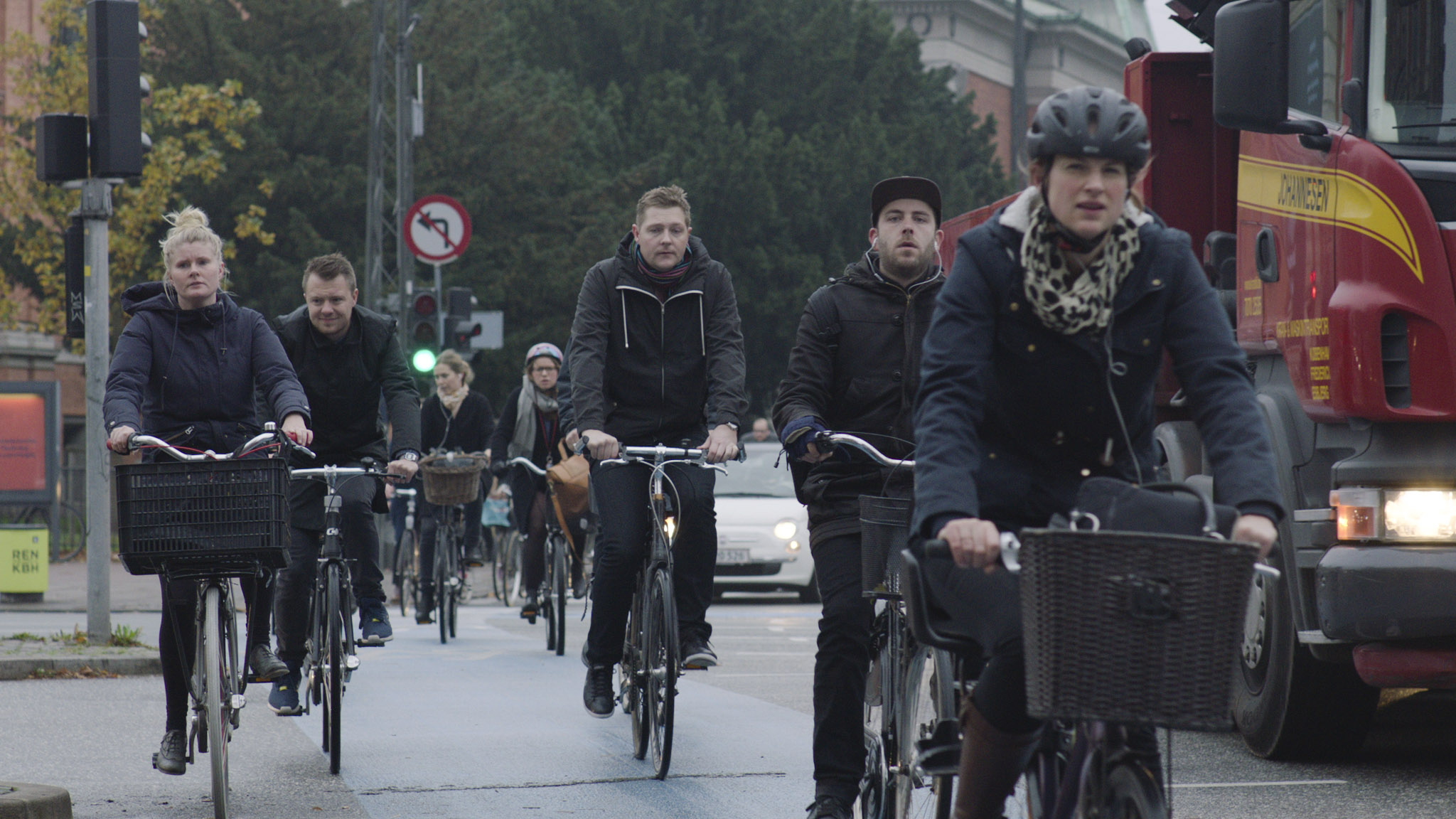Trained Dogs for Diabetics
Service animals have been in used since the 1800’s and there is even evidence dating back to ancient Egyptian times. Trained dogs for diabetes began being trained to look for subtle cues of a health crisis in diabetics. They are trained to both smell changes in the blood chemistry prior to episodes of low or extremely high blood sugar, and react to get help if a diabetic has fallen unconscious.
Diabetic service dogs are changing the way diabetics live their daily life for the better and increasing safety for them. This article explains how diabetic dogs are trained, the best kind of dogs to use for diabetes, and how you can go about getting one.
Read further to learn more.
Trained Dogs for Diabetes: Specialized Skills
Diabetics can suffer from a myriad of health complications. Things like; low blood sugar, high blood sugar, loss of consciousness, and diabetic coma. Severe and dangerous diabetic complications are most common in people with Type 1 Diabetes and can be life threatening. Type 1 diabetics often lose the early symptoms like; shakiness, nausea, vomiting, mental status changes, or sweatiness. They may not know their sugar is too high or low until they lose consciousness.
When any of these changes occur and become dangerous, our body chemicals emit responses that the dogs can actually be trained to “sniff out.” While humans are not skilled at picking up on these smells, dogs have a very keen sense of smell.
Before an episode where a diabetic loses consciousness, the body may begin to go through chemical changes before they even experience symptoms of low or high blood sugar levels. Trained dogs for diabetes can be trained to smell these changes between 15 and 30 minutes before a diabetic even notices any symptoms.
Keep in mind that a trained service animal does not replace good medical care, checking your blood sugar, or seeing your doctor. But these skilled companions can help with any safety concerns before an emergency happens, or assist in an emergency to get you the help you need.
How Are They Trained?
Trained dogs for diabetes go through a series of lessons to learn interactions with their owner and the public, as well as, how to spot fluctuations in blood sugar. They are also trained how to respond in an emergency situation. Here is how the training goes:
Part One: Obedience
The dogs go through a rigorous obedience course. It is far beyond a regular dog obedience course, because the dogs learn special commands used for service animals. Service animals must be able to read hand cues and listen to verbal commands. Obedience training not only teaches the dog how to respond to you, but establishes a bond and pack order with your animal. They will be taught that the human is the “alpha” and in the leadership position. During this training they are given commands and rewarded when they respond appropriately.
Part Two: Interaction
Trained service dogs go through training on how to interact with their owners, family members, and people in a public setting. Handlers take the dog into a public setting to learn how to respond to different smells, sounds, and sights. New obedience commands will be taught at this point and different tasks will be undertaken. Dogs experience things like; riding a bus, going to a shopping mall or grocery store, going to a restaurant, and many other life tasks done outside of the home. This will ensure your dog gives you his or her full attention at all times without getting distracted.
Part Three: Diabetic Recognition
Diabetic service dogs are then taught to recognize the scent of changes in blood sugar in humans. The dog will be given a piece of your clothing you wore when you had a high blood sugar, and a piece of clothing you wore when your blood sugar was low. The dog will also be trained to not respond when your blood sugar is in normal range. Your dog will give you a special nudge or paw swipe if your blood sugar is too high or too low. They can recognize these changes between 20 to 40 minutes before it even register on your glucometer. This way, you can check your blood sugar before you run into trouble.
Part Four: Home and Owner Orientation
The final part of the training will be an orientation period with you in your home. The dog will be brought in with a handler to be trained on daily living tasks and how to interact with you at home. This part takes a few days and you will be rewarding your dog for positive results. The trainer will also go with you out in public to orient your dog to your routine.
How To Get Trained Dogs for Diabetes
You can have your own dog trained to be a diabetes service dog or you can purchase one. There are training centers that have programs for training service animals that are already in the home. There are also centers that train dogs specifically to work with diabetics. It just depends on your needs.
The best kind of dogs for working with diabetics include:
- Dogs used for hunting (Bloodhounds, Beagle, Dachsund)
- Labrador Retriever
- German Shepherd
- Poodles
- Golden Retriever
If you already have a dog at home, search out a service in your area that may do diabetic dog training. There are facilities all over the country, so keep in mind if you want to use your own dog, you will have to pay for airfare to send your own dog back and forth plus the cost of the training.
If you want to purchase a dog that is already trained, there are facilities that breed and train dogs for diabetics. With this you will need to pay for:
- The price of the dog depending on the breed
- The cost of the training
- Airfare for the dog and handler to deliver your dog
- Lodging for the handler during the home orientation period
As you can see this can be costly, but absolutely worth it since it may save your life. Trained dogs for diabetics have already reduced the number of diabetic emergencies by being able to spot severe changes in blood sugar, bringing medication or glucometer, and being able to alert family members or respond to an emergency.
Included are a few resources to help you in the search for your perfect trained diabetes dog. It may be well worth the cost to have one of these as a companion!
Sources:
http://www.diabeticalertdogsofamerica.com/starter-school
********
- Type 2 Diabetes and Life Expectancy - July 20, 2022
- Seven Minute Work Out for Diabetics - July 25, 2017
- Six Moves for a 30 Minute Work Out For Diabetics - June 15, 2017




